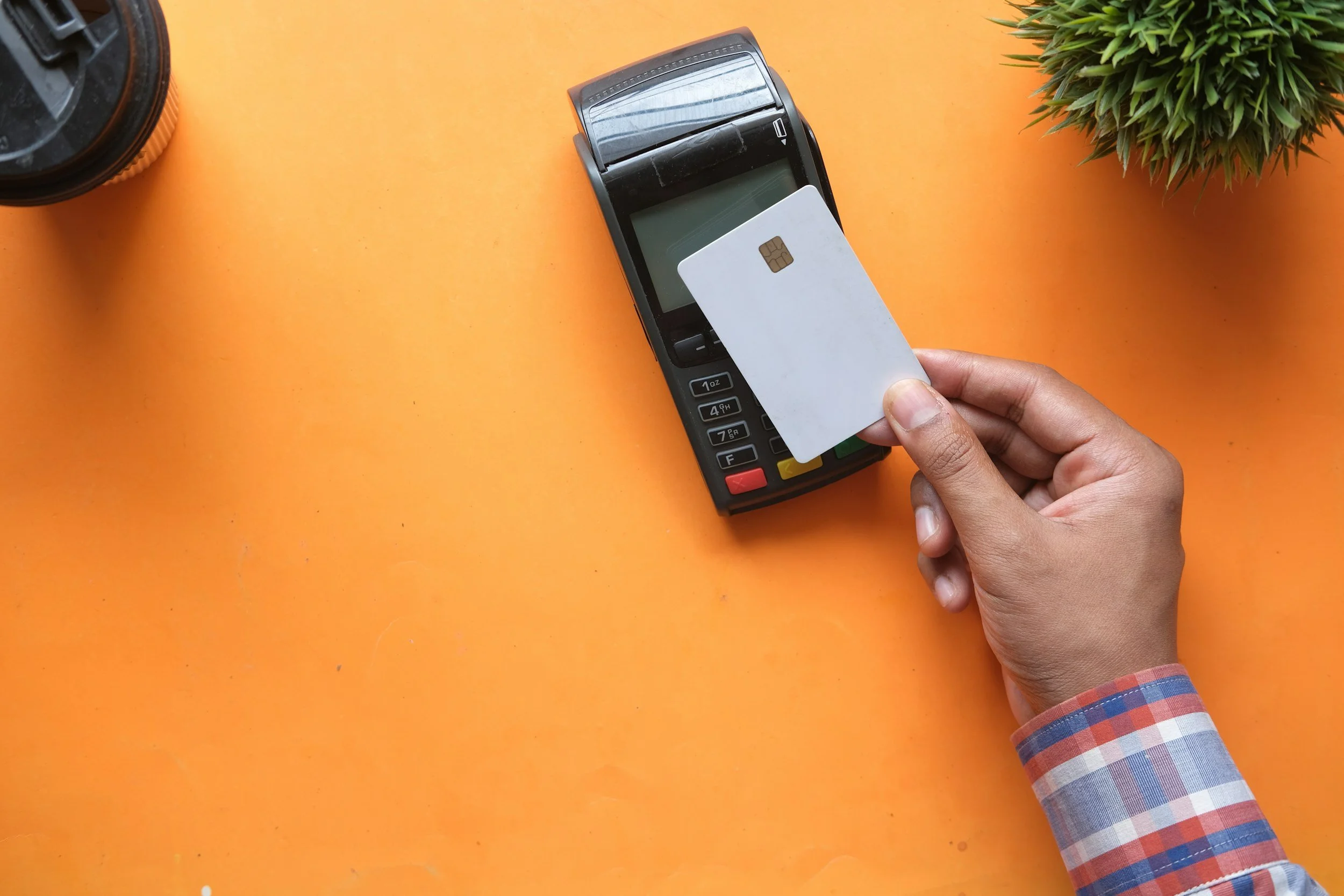The relevance of Physical Cards
The Relevance of Physical Cards in an Increasingly Digital Payment Landscape
In recent years, the increase of digital payment solutions such as Apple Pay, Google Pay, and other contactless technologies has transformed the way people interact with financial services and conduct everyday transactions. Mobile wallets have become synonymous with speed, security, and convenience which are qualities that align well with the demands of today’s fast-paced, interconnected world.
However, amidst the growing enthusiasm for digital payment systems, physical payment cards continue to remain relevant. Nobel Identity & Payment recognizes that while innovation in financial technology is essential, it should not come at the cost of accessibility, reliability, and adaptability. Physical cards continue to play a fundamental role in both consumer and corporate ecosystems, and for good reason.
Universally Accepted
One of the most compelling arguments in favor of physical cards is their unmatched compatibility with existing infrastructure. Despite the impressive growth of mobile payment solutions, many businesses, particularly small retailers, international vendors, or institutions in developing regions, have not fully transitioned to contactless technology. In these cases, the physical card remains the only universally accepted method of payment and access.
Additionally, many public systems such as transportation networks, access control units, and banking interfaces still rely heavily on traditional card readers. This compatibility ensures that users can confidently transact, identify, and gain entry regardless of whether a digital payment infrastructure is in place.
Reliability in Critical Situations
While digital wallets rely on internet connectivity, software stability, and battery life, physical cards do not. They are immune to the vulnerabilities of mobile devices—such as technical malfunctions, drained batteries, or system errors—which can disrupt digital payment access at critical moments.
Imagine being at an airport with a low phone battery, attempting to board a flight or access your hotel. In such scenarios, the physical card becomes not just a convenience, but a reliable fallback. The presence of a tangible, functional card ensures continued access to services even when digital methods temporarily fail.
Brand Visibility and Customer Engagement
For financial institutions and fintech brands, physical cards represent more than just a tool for payments—they are an extension of the brand itself. A well-designed card can embody a company’s values, aesthetic, and innovation in a way that digital interfaces cannot.
At Nobel Identity & Payment , we work with clients to create custom, high-quality payment cards that are not only functional but also visually striking. A premium, thoughtfully branded card enhances customer pride, loyalty, and daily brand exposure. From embossing to finishes, the tactile and visual presence of a physical card helps businesses stand out in a crowded financial marketplace.
While mobile wallets may be hidden inside an app, a physical card is carried, shown, and felt—making it a powerful branding tool in the hands of the customer.
Embracing Digital, Preserving Practicality
As digital wallets and contactless systems continue to gain momentum, it is crucial to recognize that technological progress should complement not replace trusted solutions. Physical cards continue to offer practical benefits that align with user expectations, operational reliability, and global accessibility.
At Nobel Identity & Payment , we are committed to delivering cutting-edge physical card solutions that are fully compatible with digital platforms, without compromising the reliability and familiarity that users have come to depend on. As the world grows increasingly digital, the physical card remains a critical component of a secure and seamless user experience.

